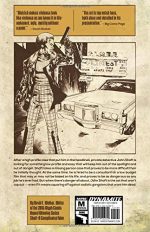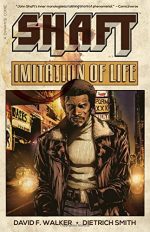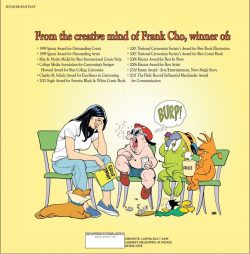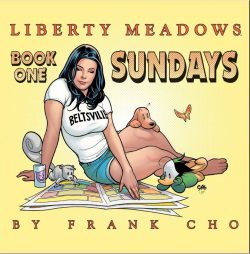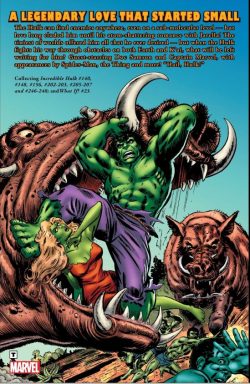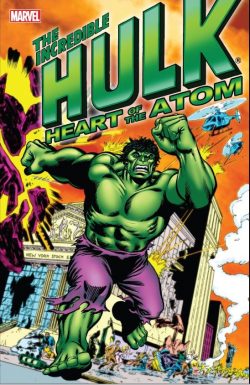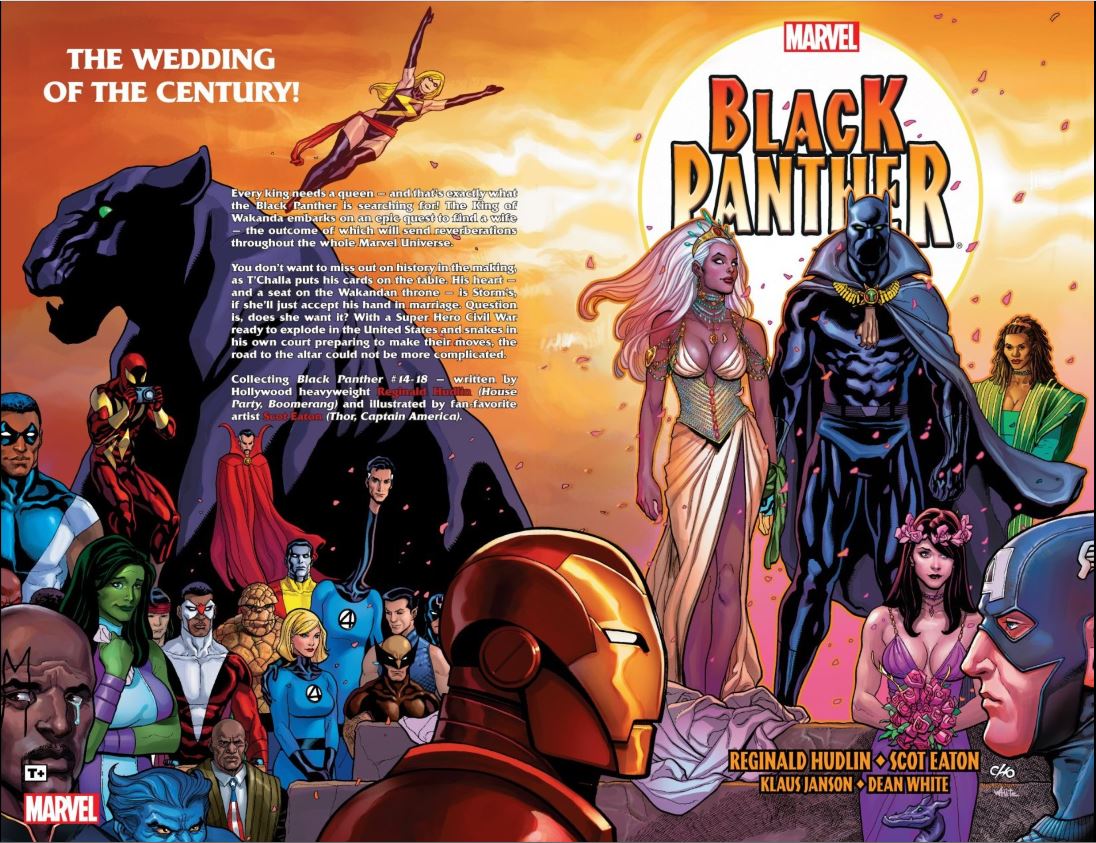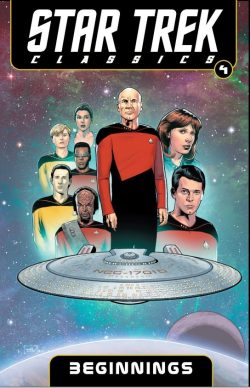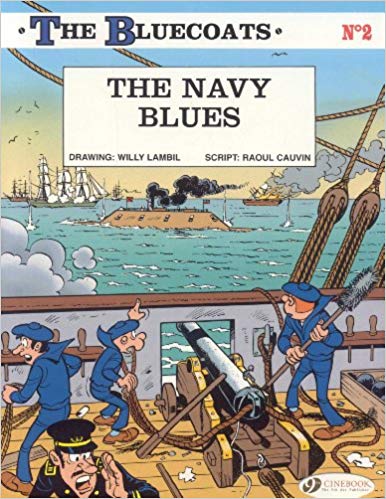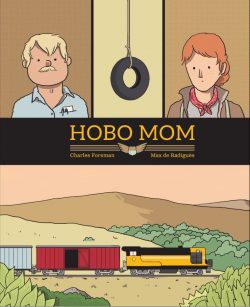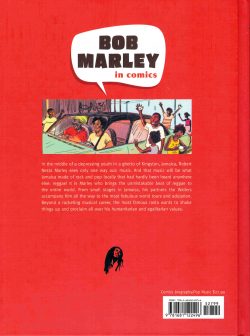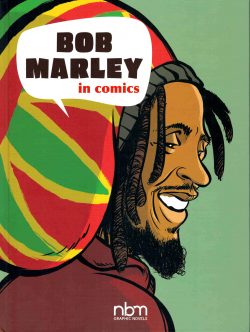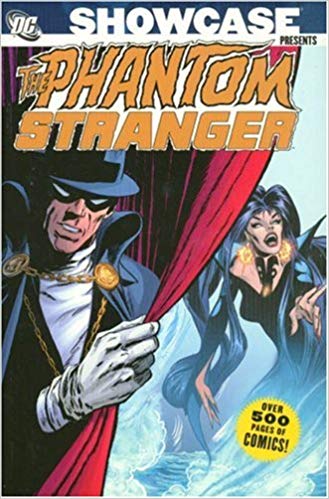
By Mike Friedrich, John Broome, France Herron, Bob Kanigher, Mike Sekowsky, Denny O’Neil, Gerry Conway, Jack Oleck, Len Wein, Steve Skeates, Mark Hanerfield, John Albano, Jerry Grandenetti, Leonard Starr, Carmine Infantino, Sy Barry, Bill Draut, Frank Giacoia, Neal Adams, Murphy Anderson, Curt Swan, Jim Aparo, Tony DeZuñiga, Jack Sparling & various (DC Comics)
ISBN: 978-1-4012-1088-5 (TPB)
Since 1936 DC Comics have published an incalculable wealth of absolutely wonderful comics tales in a variety of genres and addressing a wide variety of age ranges and tastes.
Sadly, unlike rival Marvel, these days they seem content to let most of it languish beyond the reach of fans, so as a new decade – possibly or last – unfolds, I’ll be continuing my one-person campaign to remind them and inform you that – like The Truth – the Fiction is also Out There… even if only still available in older collections…
Spanning the end of 1968 to October 1972, this mammoth monochrome tome collects Showcase #80 and Phantom Stranger #1-21, attempting to blend the rising taste for blood and horror with more traditional masked mystery man derring-do…
The Phantom Stranger was also one of the earliest transitional heroes of the Golden Age of comics, created at the very end of the first superhero boom as readers moved from costumed crimefighters to other genres such as mystery, crime, war and western tales. A trench-coated, mysterious know-it-all, with shadowed eyes and hat pulled down low, he would appear, debunk a legend or foil a supernatural-seeming plot, and then vanish again.
He was coolly ambiguous, never revealing whether he was man, mystic or personally paranormal. Probably created by John Broome & Carmine Infantino, who produced the first story in Phantom Stranger #1 (August/September 1952) and most of the others, the 6-issue run also boasted contributions from Jack Miller, Manny Stallman and John Giunta. The last issue was cover-dated June/July, 1953, after which the character vanished.
Flash-forward to the end of 1968. The second superhero boom is rapidly becoming a bust, and traditional costumed heroes are dropping like flies. Suspense and mystery titles are the Coming Thing and somebody has the bright idea of reviving Phantom Stranger. He is the last hero revival of DC’s Silver Age and the last to graduate to his own title during the star-studded initial run of Showcase, appearing in #80 (cover-dated January/February 1969) before debuting in his own comic three months later. This time, he found an appreciative audience, running for 41 issues over seven years.
Rather than completely renovate the character, or simply run complete reprints as DC had when trying to revive espionage ace King Faraday (in Showcase #50-51), Editor Joe Orlando had writer Mike Friedrich and artist Jerry Grandenetti create a contemporary framing sequence of missing children for 1950s tale ‘the Three Signs of Evil’, and – in a masterstroke of print economy – introduced (or rather reintroduced) another lost 1950s mystery hero to fill out the comic, and provide a thoroughly modern counterpoint.
Dr. Terrence Thirteen is a parapsychologist known as the Ghost Breaker. He had his own feature in Star-Spangled Comics #122-130 (November 1951 to July 1952). With fiancée (later wife) Marie he roamed America debunking supernatural hoaxes and catching mystic-themed fraudsters, a vocal and determined cynic who was imported whole into the Showcase try-out as a foil for the Stranger. Reprinted here was origin tale ‘I Talked with the Dead!’ by an unknown writer – probably “France†Herron – with art by Leonard Starr & Wayne Howard.
Despite this somewhat choppy beginning, the try-out was a relative success and (Follow Me… For I Am…) The Phantom Stranger launched with a May/June 1969 cover-date. In another framing sequence by Friedrich & Bill Draut, a tale of impossible escape from certain death is revealed in ‘When Ghosts Walk!’, a 1950s thriller from John Broome, Carmine Infantino and Sy Barry, followed by an all new mystery ‘Defeat the Dragon Curse… or Die!’ Firmly establishing that the supernatural is real, Friedrich & Draut pit the Stranger and Dr. 13 against each other as well as an ancient Chinese curse.
‘The Man Who Died Three Times’ in the second issue relates a mystery with a mundane yet deadly origin, with the incorporated reprint Stranger tale ‘The House of Strange Secrets’ (Broome, Infantino and Barry) and Dr. 13’s ‘The Girl Who Lived 5,000 Years’ both providing the uneasy chills that Friedrich & Draut’s by-the-numbers tale do not.
Issue #3 once again employs frightened kids as a vehicle to encapsulate vintage thrillers in a tale with a sinister carnival component. The Stranger relives ‘How Do You Know My Name?’ (by Broome & Frank Giacoia) whilst Dr. 13 proves once more that there are ‘No Such Thing as Ghosts!’ (Herron & Starr).
With such a formularised start it’s a miracle the series reached the landmark issue #4 where Robert Kanigher & Neal Adams (who had been responsible for the lion’s share of eerie, captivating covers thus far) produced a much more proactive hero in the mystery triptych ‘There is Laughter in Hell This Day!’, ‘There is Laughter in Hell Tonight!’ and ‘Even the Walls are Weeping!’
Stalwart Bill Draut provided inks for this classy classic in which Terry Thirteen becomes a far more militant – and consequently frustrated – debunker of the Stranger’s “hocus-pocus†when Tala, the demonic Queen of Evil and Mistress of Darkness escapes her ancient tomb to bedevil the modern world with only the Phantom Stranger and an eclectic gang of runaway teens to oppose her.
This new combative format and repositioning of the book was presumably for the benefit of older kids. The protagonist teens were a strange composite of counter-culture stereotypes named Spartacus (black kid), Attila (greasy biker), Wild Rose (blonde flower child) and Mister Square (conformist drop-out) who feel a little forced now but were the saving of the book, as was the dropping of 17-year old reprints. From now on the stranger would really battle the Dark Powers and Dr. 13 would assume the metaphorical role of a blustering, officious parent who had no idea what was really going on.
An added bonus in this cracking issue was a nifty 3-page horror vignette from Kanigher and the wonderful Murphy Anderson entitled ‘Out of This World’.
Anderson returned to ink the unique Mike Sekowsky in Phantom Stranger # 5, a full-length ghostly thriller featuring more of Tala’s handiwork in ‘the Devil’s Playground!’, topped off with another horror short by Kanigher, credited to Sekowsky here but actually a fine example of Curt Swan’s subtle mastery, especially as it’s inked by Anderson.
Sekowsky wrote and illustrated the next issue, under inks from Vince Colletta. ‘No. 13 Thirteenth Street’ is a Haunted House tale with those meddling kids and Dr. 13 getting underfoot in a delightfully light and whimsical diversion before Kanigher and Tala return in #7’s dark saga ‘The Curse!’, wherein both the Stranger and Terry Thirteen are right and the solution to madness and sudden deaths is both fraud and the supernatural!
This issue is particularly important in that it features the debut of up-and-coming Jim Aparo as illustrator. Over the next few years his art on this feature would be some of the very best in the entire industry.
Issue #8 unearthed an early arctic eco-thriller with supernatural overtones as Denny O’Neil described the tragic ‘Journey to the Tomb of the Ice Giants!’ whilst Dr. 13 returned to his own solo feature to deal with ‘The Adventure of the Brittle Blossom!’ Sekowsky scripted #9’s ‘Obeah Man!’ a tense shocker of emerging nations and ancient magic which showed Aparo’s superb versatility with exotic locales.
Young Gerry Conway wrote ‘Death… Call Not My Name!’ for #10, introducing another stylish returning villain in immortal alchemist Tannarak, whilst finding room for a quickie as the Stranger proves to be no match for ‘Charlie’s Crocodile.’ Phantom Stranger #11 (Conway & Aparo) details a colossal new threat as evil-doers everywhere begin to vanish in ‘Walk Not in the Desert Sun…’ before Kanigher returns with a classy haunted love-story in ‘Marry Me… Marry Death!’ in #12. This issue also offers another debunking solo stand for the Ghost Breaker in Jack Oleck and Tony DeZuñiga’s ‘A Time to Die’.
Science meets supernature in #13 when death stalks a research community in ‘Child of Death’ and Dr. 13 survives an encounter with ‘the Devil’s Timepiece’: both scripts from Kanigher with art by Aparo and DeZuñiga respectively.
Len Wein wrote possibly the spookiest ever adventure to feature Phantom Stranger in #14’s ‘The Man with No Heart!’: a story which resolves forever the debate about the dark hero’s humanity whilst introducing another long-term adversary for our delectation. The Ghost Breaker has his own brush with super-science – but definitely not the supernatural, no sir! – in Wein & DeZuñiga’s ‘The Spectre of the Stalking Swamp!’ – a tale that actually pushes the Stranger off his own front cover!
Issue #15 returns him to the Dark Continent as a robotics engineer is caught up in revolution in Wein & Aparo’s ‘The Iron Messiah’ whilst Kanigher & DeZuñiga send Dr. 13 up against ‘Satan’s Sextet’. On a roll now, the Phantom Stranger creative team surpass themselves with each successive issue, beginning with an ancient horror captured as an ‘Image in Wax’, nicely balanced by sneaky murder mystery ‘And the Corpse cried “Murder!‒ (Wein & DeZuñiga).
‘Like a Ghost from the Ashes’ debuts a nominal love-interest in blind psychic Cassandra Craft as well as reintroducing an old foe with new masters in the first chapter of an extended saga – so extended it pushed Ghost Breaker out of #17 altogether. He was back in the back of the next issue in Steve Skeates & DeZuñiga’s tense phantom menace ‘Stopover!’, with the artist drawing double duty by illustrating lead strip ‘Home is the Sailor’: a gothic romance with a sharp twist in the tail.
Old enemies resurface in ‘Return to the Tomb of the Ice Giants!’ as does artist Aparo, whilst Skeates & DeZuñiga’s ‘The Voice of Vengeance’ proves to be another stylish murder mystery in spook’s clothing. ‘A Child Shall Lead Them’ is written by Kanigher, who easily adapts to the new style to craft a tense, powerful chase thriller as all and sundry search for the newest incarnation of a High Lama murdered by magic. Two short suspense tales top off the issue, both illustrated by the veteran Jack Sparling: ‘The Power’, scripted by Mark Hanerfield and John Albano’s ‘A Far Away Place’.
Phantom Stranger #21 completes this superb collection of menace and magic with Wein and Aparo’s ‘The Resurrection of Johnny Glory’ wherein a reanimated assassin finds a good reason to stay dead whilst Dr. 13 debunks one final myth in ‘Woman of Stone’, prompting the question “why don’t killers use guns anymore?â€
The DC Showcase compendia were a brilliant and economical way to access superb quality comics fare, and these black and white telephone books of wonderment still offer tremendous value for money. If you’re looking for esoteric thrills and chills this first Phantom Stranger volume has it all. If you’re not a fan yet give it a chance… you will be.
© 1969-1972, 2006 DC Comics. All Rights Reserved.
